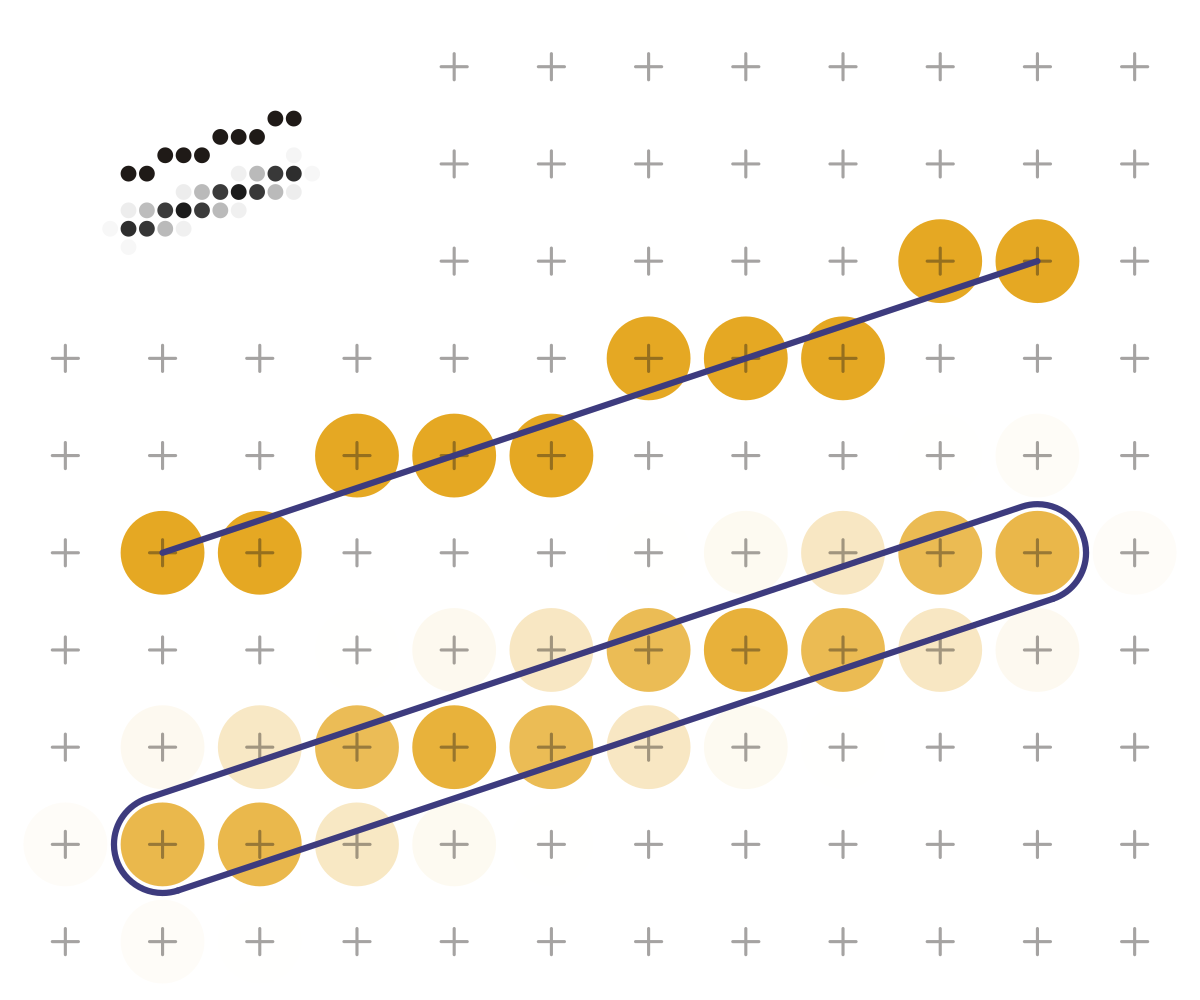Originally posted by dpeterc
View Post
Originally posted by dpeterc
View Post
Anyway, as I already said, there are more things than "rendering lines". But I think that it's better if you just read (in case you haven't, of course) the reasons given by the Wayland developers; I think that they describe the reasons much better than me:
and, if you have extra time:





Leave a comment: